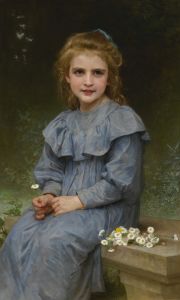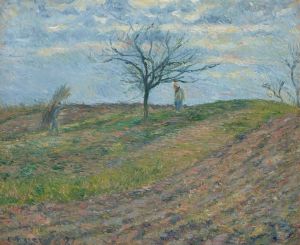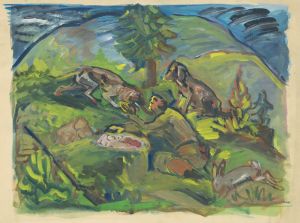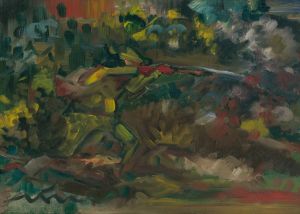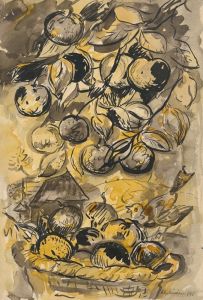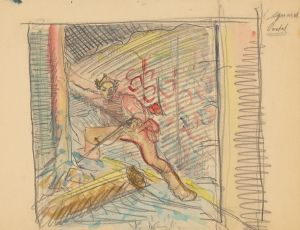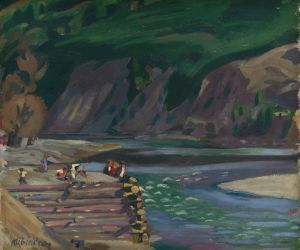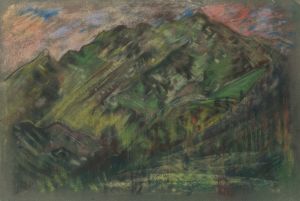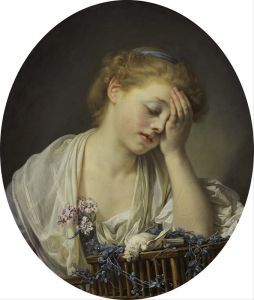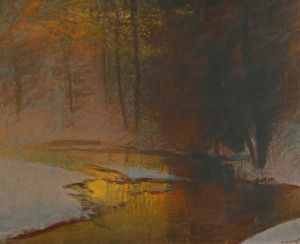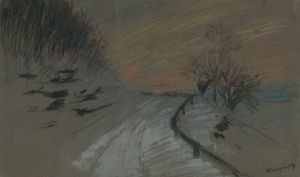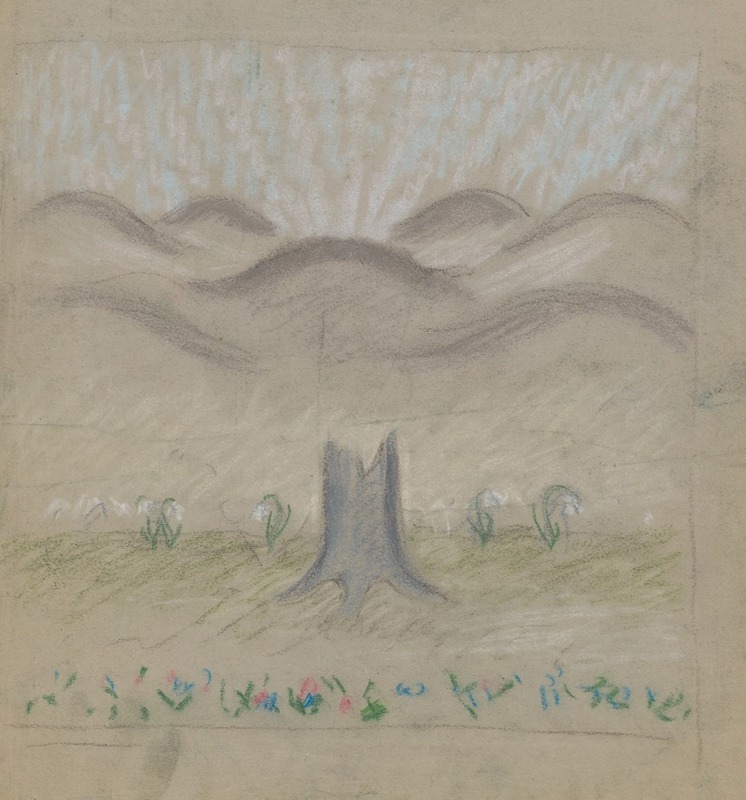
Snowdrops in a Glade
A hand-painted replica of Arnold Peter Weisz-Kubínčan’s masterpiece Snowdrops in a Glade, meticulously crafted by professional artists to capture the true essence of the original. Each piece is created with museum-quality canvas and rare mineral pigments, carefully painted by experienced artists with delicate brushstrokes and rich, layered colors to perfectly recreate the texture of the original artwork. Unlike machine-printed reproductions, this hand-painted version brings the painting to life, infused with the artist’s emotions and skill in every stroke. Whether for personal collection or home decoration, it instantly elevates the artistic atmosphere of any space.
Arnold Peter Weisz-Kubínčan was a Slovak painter known for his contributions to modern art in the early 20th century. His work often reflected a blend of traditional and avant-garde styles, and he was part of the broader European modernist movement. One of his notable works is "Snowdrops in a Glade," which exemplifies his unique approach to painting and his ability to capture the subtleties of nature.
"Snowdrops in a Glade" is a painting that showcases Weisz-Kubínčan's skill in depicting natural scenes with a modernist touch. The painting features a serene glade, a small open space in a forest, where snowdrops, the delicate white flowers, are in bloom. These flowers are among the first to appear at the end of winter, symbolizing hope and renewal. The choice of snowdrops as the subject matter reflects the artist's interest in themes of rebirth and the cyclical nature of life.
Weisz-Kubínčan's technique in this painting is characterized by a soft color palette and fluid brushstrokes, which create a sense of tranquility and harmony. The use of light and shadow is particularly effective in conveying the gentle illumination of the glade, suggesting a peaceful and contemplative atmosphere. The composition is balanced, with the snowdrops positioned in a way that draws the viewer's eye across the canvas, inviting them to explore the scene.
The painting is also notable for its subtle abstraction. While the scene is recognizable as a natural landscape, Weisz-Kubínčan employs elements of abstraction to emphasize the emotional and symbolic aspects of the subject. This approach is typical of his work, where he often sought to transcend mere representation and evoke deeper meanings through his art.
Arnold Peter Weisz-Kubínčan's career was tragically cut short during World War II. As a Jewish artist living in Slovakia, he faced persecution under the Nazi regime. Despite the challenges he encountered, his work has continued to be celebrated for its artistic merit and its contribution to the modernist movement in Central Europe. "Snowdrops in a Glade" remains an important example of his legacy, illustrating his ability to blend traditional themes with modernist techniques.
Today, Weisz-Kubínčan's paintings are appreciated for their beauty and their historical significance. They offer insight into the cultural and artistic currents of early 20th-century Europe, as well as the personal vision of an artist who sought to capture the essence of his surroundings. "Snowdrops in a Glade" is a testament to his talent and his enduring influence on the world of art.





